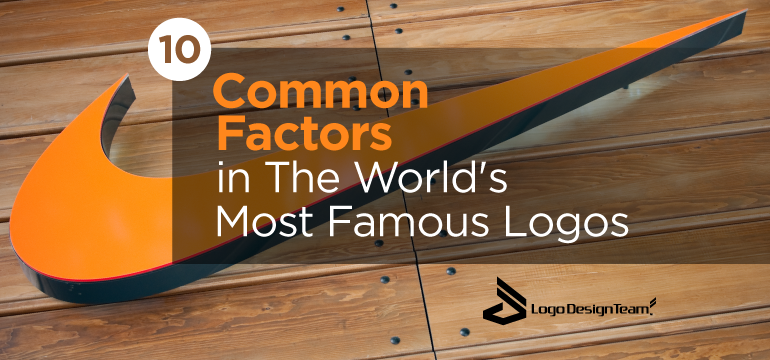A logo is a representative of a company in design form. It speaks to the audience as much as an executive of the company would speak to a customer. In this sense, a viewer could walk away feeling thrilled, bored, happy or disappointed after viewing a logo. Not every logo is meant to stand out but there are ways to get it right. Learn what it is that makes the most famous logos, so famous!
This is why companies and marketing agencies, year after year, look for the best parameters that will make a logo “great”; a logo that can reach a wider audience and create a powerful impact.
On close analysis, we found that all these famous and great logos around the world have quite a few things in common. These factors are present in every famous logo, in varying degrees. The below points may put you on your way to get a logo designed that could change your business forever:
1. Simplicity
A celebrated logo is one that is easy to remember. Since we have limited capacity to hold information, logos with cluttered designs stand no chance at that. Only the ones that are not overdone graphically enjoy a high recall value.
Just because modern technology affords us hundreds of graphic options today doesn’t mean we should use them all.
- Something as simple and eloquent as a Nike “swoosh” can do the trick.
 2. Strategic Use of Colors
2. Strategic Use of Colors
A recent study, upon analyzing around 50 logos for brands including Coca-Cola and Walt Disney, revealed that the following colors are among the most successful logo colors:
- Blue
- Red
Additionally, 43 of the top companies use no more than two colors in their designs. Research suggests that 33% of the top brand’s logos use the color blue and 29% use the color red. Logos are meant to please the human eyes, and strategic usage of colors is a great way to do that.
Color digs deeper into human psychology and boosts the proficiency of the designer. However, implications and interpretations of colors vary country-wise, so be sure enough which color you choose your logo to be presented to your audience.
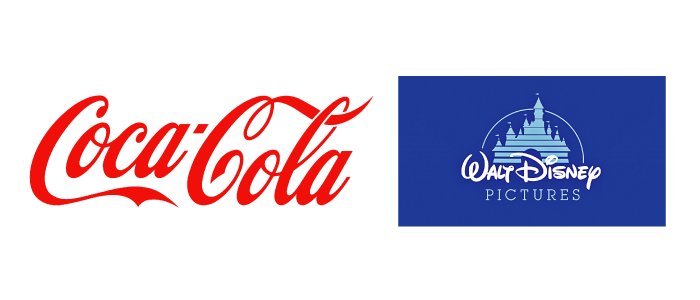 3. Stylized Text
3. Stylized Text
A logo does not always have to be all graphic. Sometimes a simple use of text in a stylized font can be equally effective. One does not need to be too decorative and ornamental, just a fine text in a stylized font can do the magic. Companies such as:
- Microsoft
- Nokia
have nothing but their names as their brand logo. Given that the color and font is right, you can create magic out of those letters. Stylized fonts add an extra quotient of personality and suaveness to your logo, thus augmenting your brand image. Choosing the perfect type for your company logo is not quite an easy task. And takes much thought process involved. But once you get it correct, you can use the logo for your advantage.
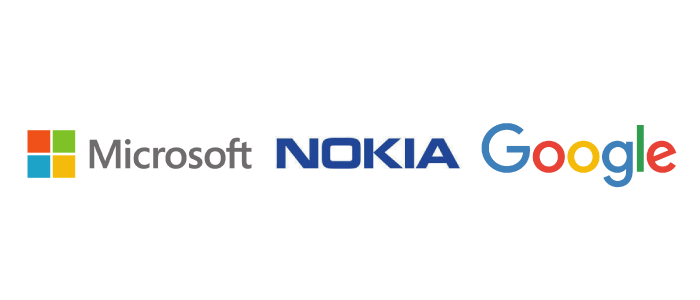 4. Familiar Shapes
4. Familiar Shapes
A logo is a graphic geometry meant to be persuasive. The most familiar logos use the most familiar shapes. Standard figures like circles, ovals, rectangles, parallel lines, etc. are easy to digest since we deal with them daily. This does not mean that the logo cannot be designed in an unconventional manner.
Complex (unconventional) logo designs can be seen many a time, but too many complexities can overwhelm the audience. And thus the logo loses the essence. You would always find the best logos in the world pretty minimal with familiar shapes and angles.
- Audi’s interlocked four circles convey elegance and complexity- just like their car models.
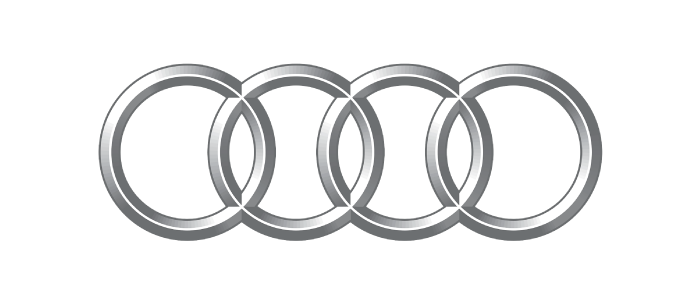 5. Size Adaption
5. Size Adaption
This is a social media frenzy world. Everything that is meant for marketing purposes must be designed to be conveniently shared online. The size of the popular logos is adaptable in two ways. Firstly, the design itself is never too long or too wide; so much that it would have to be cropped to fit in a regular size media display.
Secondly, the logo can be produced in an average bit size. Memory-heavy logos pose a problem when sharing over online media.
6. Memory Associations
This is a classic psychology trick. The most effective method of memorizing any information is by associating it with something else. When the associated prompt is mentioned henceforth, the initial object is easily recalled.
- Many people often recall “Puma” upon looking at a picture of a black panther.
This is the power of association that the brand tapped into. The same logic has also worked when taken literally, as is the case of the apple design for the Apple Inc. logo. If people don’t recognize and recall your logo, you miss the mark completely. Your logo artwork must surpass the barriers of time and be recognizable in any era.
We never forget Disney’s logo, or the logos of Audi, McDonald’s, IBM, because they have an evergreen ethos in them. They are the most recognizable logos of all time.
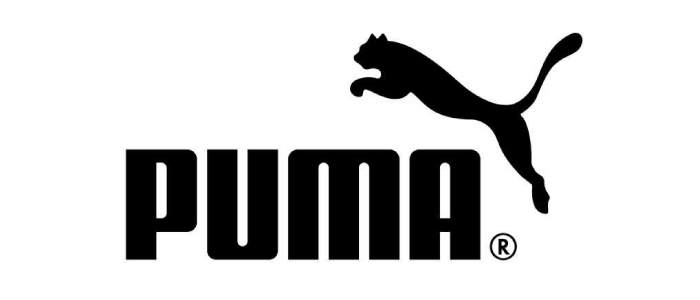 7. Evoke Emotions
7. Evoke Emotions
The purpose of a persuasive logo is to make its audience feel something. If the viewer is blank or neutral about their emotions upon confronting the logo, it is unlikely that it has made an impression on its audience.
Evoking an emotion is how stories, whether from movies or books, are made memorable.
- The font of Yahoo’s logo, followed by the exclamation mark, clearly gives out a thrilling and jolly vibe. The design has associated a fun quotient to the Yahoo brand.
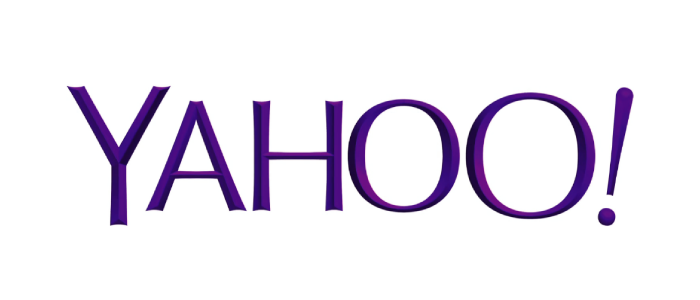 8. Industry Relevance
8. Industry Relevance
Some famous logos have even communicated their type of business or the nature of their product through imagery.
- The arrow between the E and X in the FedEx logo, signifying motion and fast transportation.
- The World Wildlife Fund has a panda as its mascot.
- The S. Postal service used an eagle and thick bold streaks to show the motion of mail delivery.
Such imagery leaves no doubts in the consumer’s mind and works on a subconscious level to hammer their brand attributes. Notable logos attain this stature owing to their relevance to the industry they represent. If your logo isn’t aligned to the nature of your business, the desired impact is hard to create.
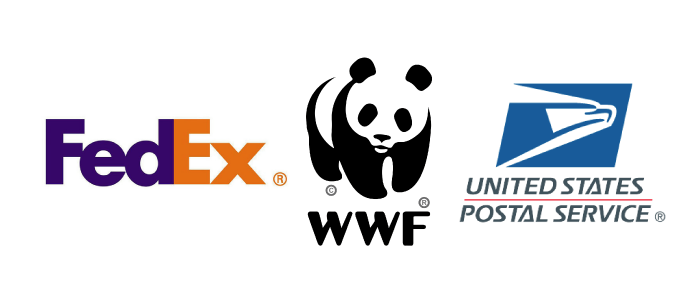 9. Minimalism
9. Minimalism
Minimalism is the ability to convey more with less. A logo that is filled with shapes and characters and colors makes a viewer feel claustrophobic. Audience values minimalism and the art world is the living proof of it. We have seen several great logos around the world that follow a minimalistic approach. Surprisingly enough, they create much more impact than the designs with many things going around.
The most minimalistic designs fetch the most value on the art market and there is a good reason for that. Minimalism denotes clear thinking and if done effectively, is captivating.
- The McDonald’s golden arches are the most recognized symbols across the globe.
Its logo design did not have to depend on graphical antics to gain attention as it harnessed the value of minimalism. Speaking about a famous logo design that is exceptionally minimal is Netflix. The previous logo was too Hollywoody to represent the growing model of online streaming. And thus Netflix joined the league of brands that changed their logo.
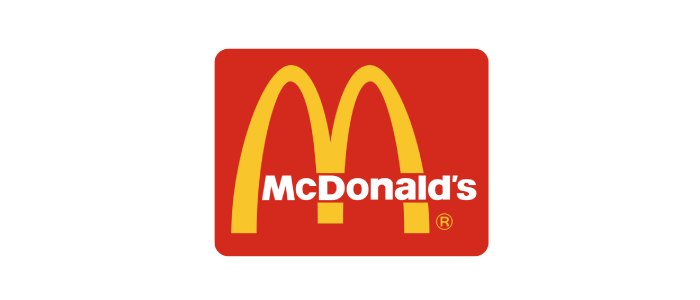 10. Designed by Professionals
10. Designed by Professionals
This is by far the most common denominator bringing all the famous logos together. They are all created by professionals, experts in the field of logo design. It is easy to dismiss this factor by citing the plethora of designing tools and templates available on the web today. The best logos ever made were never the brainchild of an amateur or a novice.
However, the work of a professional is distinguishable in terms of the logo’s approach and its finishing since they have probably designed endless logos for large enterprises. A lot of thought goes into the designing of the logo and that is where the experts are needed, even if the tools and technology are plenty.
Wrapping up
The above common factors in great logo designs are found to be consistent across countries, time periods, industries and products. A Visa and a Cisco logo have more in common than the look can comprehend. On the outside, the two logos might look different, but the approach and philosophy behind the design are the unifying factors.
This can be seen across a lot of various companies that are unrelated to business but are common in the design perspective. That’s the way logos of famous brands are still remembered and revered throughout the world.

